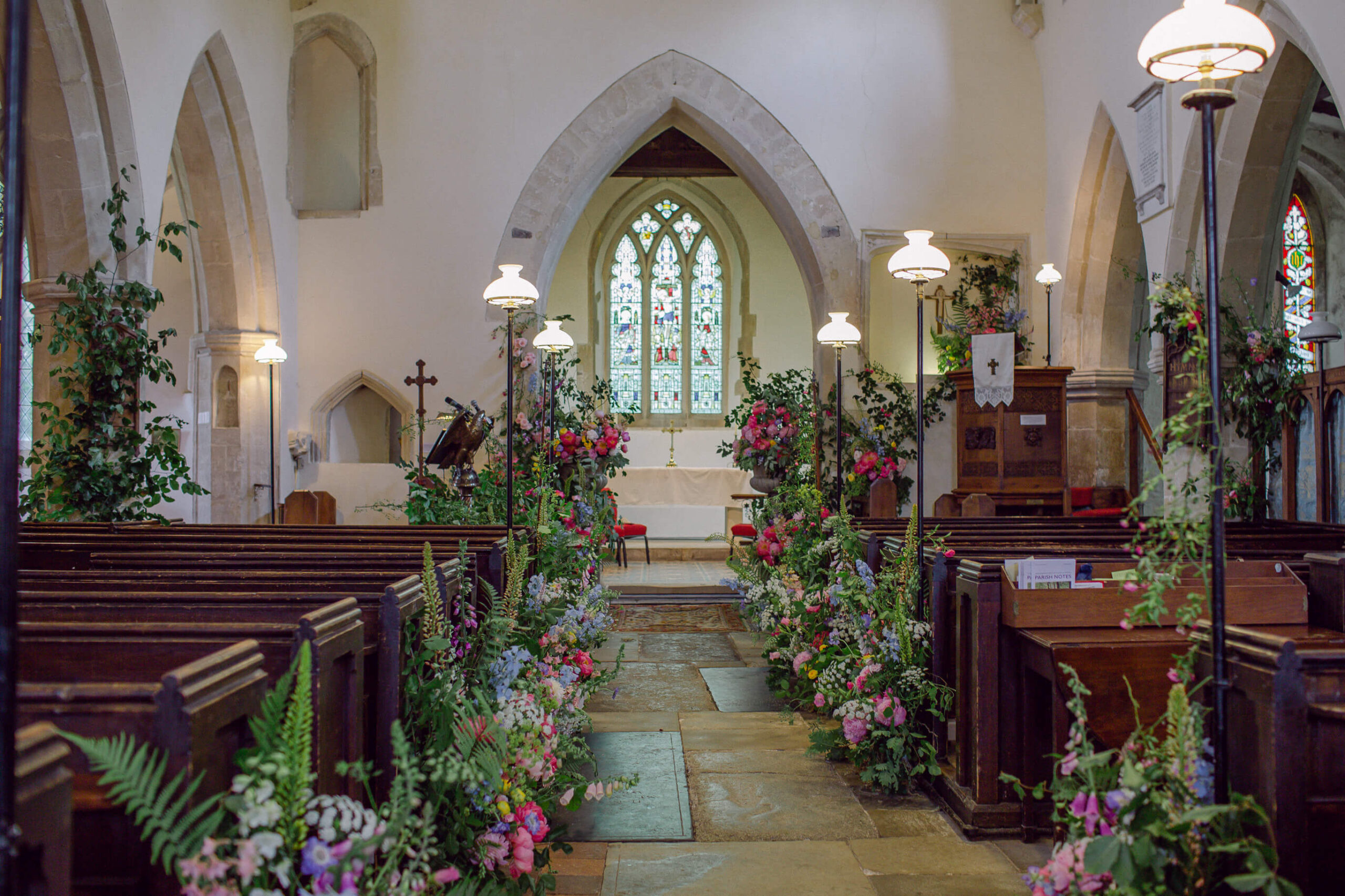
open post
I have spoken with countless couples who have enthusiastically undertaken the wedding planning process themselves, only to realise halfway through the process that it is far more time consuming than they originally anticipated. What is meant to be an enjoyable time, ultimately becomes stressful and demanding. Wedding planning is a full time job and couples […]